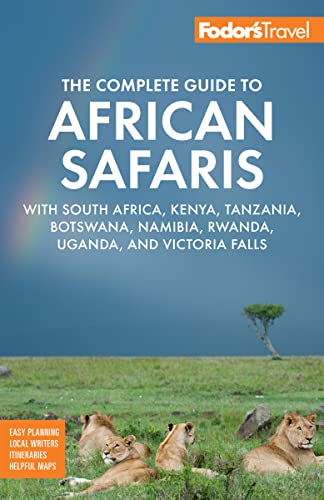When to Go
Namibia has a subtropical desert climate with nonstop sunshine throughout the year. It's classified as arid to non-arid, and, generally speaking, it gets wet only in the northwest and then only during the rainy season (October–April), which is the hottest season. The south is warm and dry, although temperatures vary dramatically between night and day, particularly in the desert, where the air is sparkling, and pollution practically unheard of. Days are crystal clear and perfect for traveling. Elsewhere the weather is clear, dry, crisp, and nearly perfect, averaging 25°C (77°F) during the day, but in the desert areas it can drop to freezing at night, especially in winter. (Bring warm clothes for after the sun goes down.)
The climate can be breathtakingly varied along the Skeleton Coast because of the Atlantic and its cold Benguela current, which makes the night cool and damp and brings thick morning coastal fog. Days are usually bright and sunny, and in summer, extremely hot, so dress in layers.
Etosha's best season is winter (May–September), when the weather is cooler, the grass shorter, and game easier to see. But if you can stand the heat, consider a summer visit to see the return of thousands of waterbirds, as well as the tens of thousands of animals, to the lush feeding grounds around Okuakuejo.




